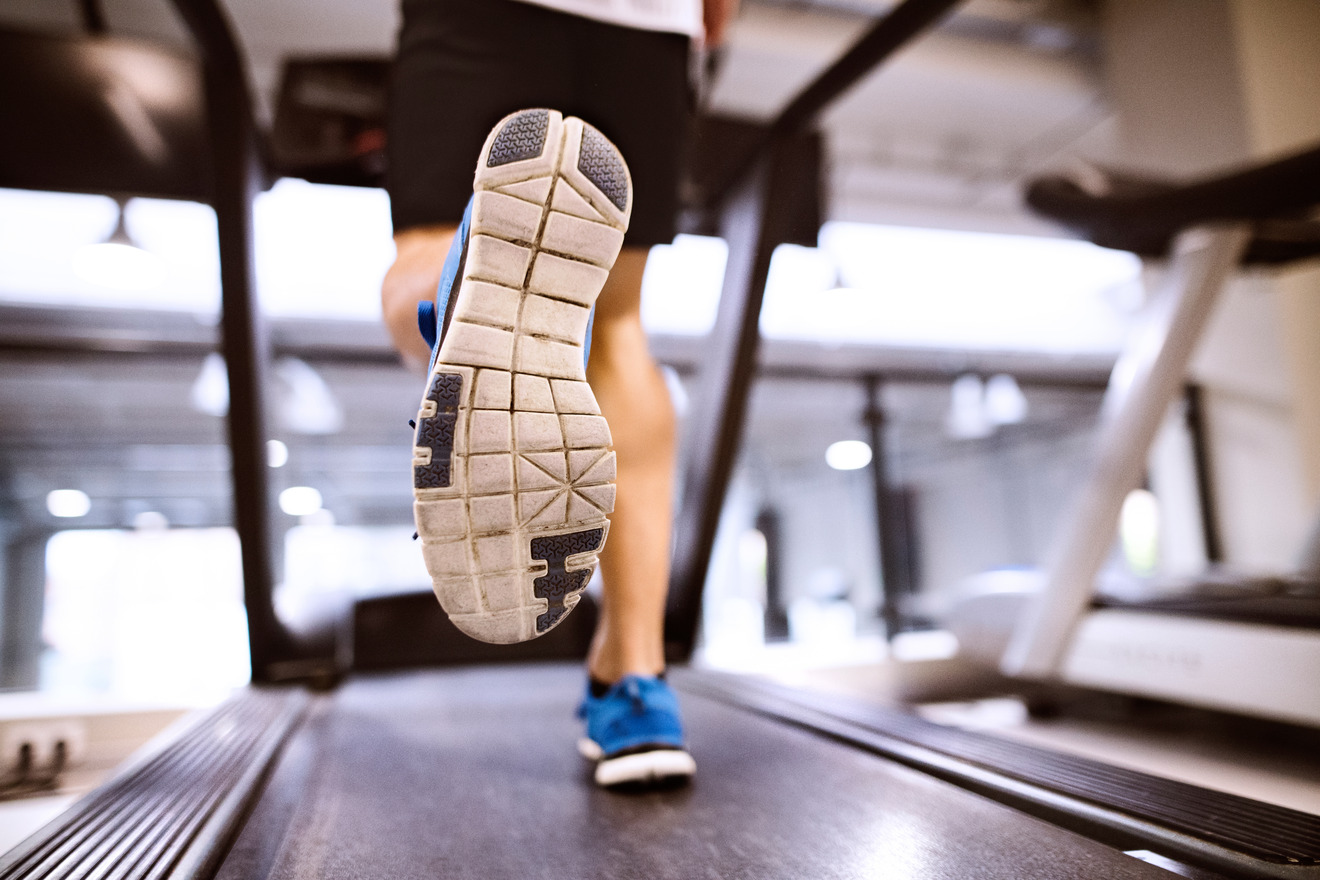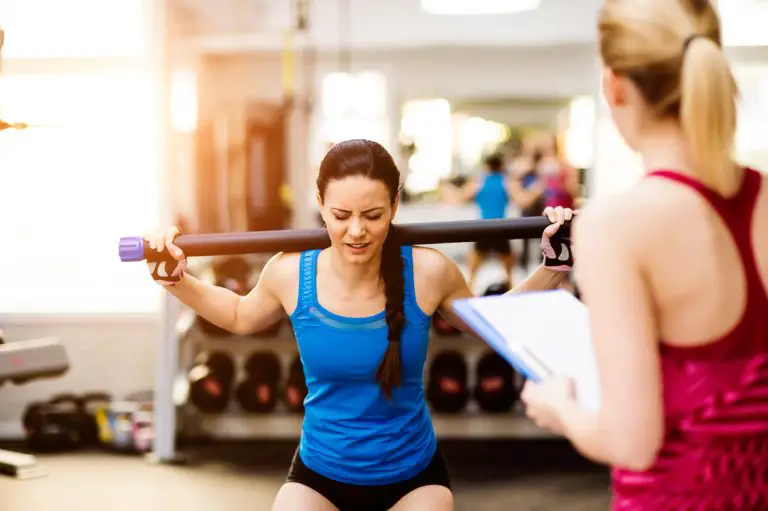Cardio after weight training: does it really burn more fat?
Key takeaways
- Weight training before cardio will make use of glycogen as an energy source. Since your glycogen stores will be decreased or depleted by the end of weight training, your body will then use fat as an energy source.
- If your goal is to burn more fat, doing cardio after weight training can be a smart strategy to achieve your goal.
Before or after? That is the question
The debate over whether to do cardio before or after weight training has been ongoing in the fitness world. Many believe that performing cardio after weight training is the key to maximizing fat loss, while others think the order doesn’t matter much. But what does the science say? Can doing cardio after strength training really lead to better fat-burning results? In this article, we’ll explore the benefits and potential drawbacks of doing cardio post-weight training and how you can use this strategy to enhance your fat loss efforts.
The science behind fat burning
To understand why cardio after weight training might help burn more fat, we first need to delve into how the body uses energy during exercise. When you perform any form of physical activity, your body relies on three primary energy systems: carbohydrates (glycogen), fats, and proteins.
Strength training primarily uses glycogen as a fuel source, which is stored in your muscles and liver. When you lift weights, the body draws upon glycogen for quick bursts of energy to complete high-intensity movements. Cardio, especially low to moderate intensity, mainly burns fat for energy, especially during prolonged sessions.
The theory behind doing cardio after weight training is that by depleting your glycogen stores during weightlifting, your body will then rely more heavily on fat as an energy source during your cardio session. Essentially, you’ve primed your body to burn fat more efficiently once you start your cardio workout.
Benefits of doing cardio after weight training
There are several advantages to structuring your workout so that cardio follows weight training, especially if your goal is fat loss. Let’s take a closer look at why this method can be effective.
1. Greater fat burn
One of the main arguments for doing cardio after weight training is that it can help your body use fat as its primary energy source. Since your glycogen stores will be mostly depleted from your strength workout, your body will have to turn to stored fat to fuel your cardio session.
This is particularly beneficial if you’re trying to lose weight or reduce body fat percentage. After a tough weightlifting session, your muscles are in a state of repair, which further increases the number of calories you burn after your workout, commonly known as excess post-exercise oxygen consumption (EPOC). Combining this with post-strength cardio can elevate your fat-burning potential.
2. Improved strength training performance
Cardio can be exhausting, especially when done before lifting weights. If your primary goal is to build muscle or strength, doing cardio first could compromise your performance in the weight room. Fatigue from cardio reduces the amount of energy you have left for strength training, resulting in less effective lifts and reduced muscle growth over time.
By doing cardio after your weight training, you can focus all your energy and effort on your strength session, ensuring you lift as heavy as possible without the interference of pre-fatigue.
3. Greater calorie burn
If your main objective is to lose fat, combining weight training with cardio can be a powerful approach. Weight training alone burns calories, but not as many as cardio. However, weight training increases muscle mass, which boosts your metabolic rate and allows you to burn more calories even at rest.
When you add cardio after weight training, you maximize your overall calorie expenditure during your workout. Additionally, weight training stimulates muscle growth, and the more muscle you have, the more fat you burn at rest.
Cardio before weight training: why it might not be ideal for fat loss
While there are certainly benefits to doing cardio before weight training—such as warming up your muscles and increasing blood flow—it may not be the best choice if your main goal is fat loss or strength building.
1. Reduced lifting performance
If you’ve ever tried to lift weights after a long cardio session, you’ve probably noticed a drop in strength. When your muscles are fatigued from cardio, your performance in the weight room suffers. As a result, you might not be able to lift as heavy or perform as many reps, which can hinder muscle growth and fat loss progress over time.
This is particularly true for high-intensity forms of cardio, like running or cycling. By doing these exercises first, you burn through your glycogen stores, leaving little energy left for heavy lifts.
2. Limited fat utilization
As we’ve mentioned, cardio before weight training is more likely to burn glycogen than fat. Since your glycogen stores will be relatively full at the start of your workout, your body will use glycogen for energy during cardio, leaving less fat-burning potential for your workout.
This means you may not burn as much fat during cardio, and you could even run out of energy before completing your strength training session.
How to structure your workouts for maximum fat loss
If your goal is to burn fat while maintaining or building muscle, structuring your workouts properly is key. Here’s how to get the most out of doing cardio after weight training:
1. Focus on intensity
Make sure your weight training session is intense and challenging. Push yourself to lift heavier weights and aim for compound movements like squats, deadlifts, and bench presses, which recruit multiple muscle groups and burn more calories. The more intense your strength workout, the more glycogen you’ll deplete, leading to greater fat burn during cardio.
2. Choose the right cardio
Not all cardio is equally effective for fat loss. High-Intensity Interval Training (HIIT) is one of the most efficient ways to burn fat while preserving muscle. HIIT sessions involve short bursts of intense effort followed by brief periods of rest, allowing you to burn calories in less time while stimulating muscle fibers.
Alternatively, Low-Intensity Steady State (LISS) cardio, like walking or cycling, is less taxing and can be done for longer durations without risking muscle loss.
3. Keep cardio sessions short
While cardio after weight training can boost fat burning, you don’t need to overdo it. Aim for 20 to 30 minutes of cardio, focusing on intensity rather than duration. This will help you burn fat without putting too much strain on your muscles or risking overtraining.
Cardio after weight training for fat loss
Incorporating cardio after weight training can be a smart strategy to enhance fat loss without compromising muscle growth. By depleting your glycogen stores during strength training, you set the stage for your body to tap into its fat reserves during cardio. However, balance is key—choose the right type of cardio and ensure that your overall workout intensity is aligned with your goals. With this approach, you can maximize fat-burning potential while still building the muscle you desire.
Written with the assistance of AI. Reviewed and edited by Marielle Livelo.







